Spread your wings: how video surveillance helps ornithologists save rare birds
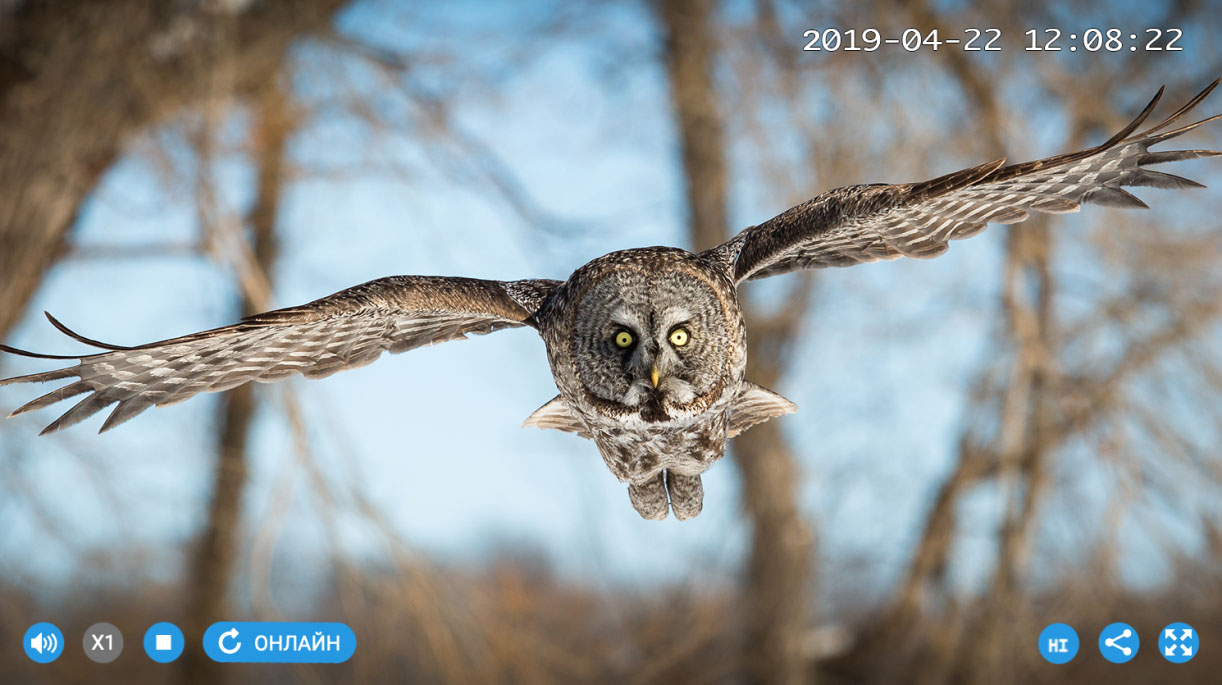
“The first female Ulyana flew in and at first she was wary of the camera lens, later the male Simbir flew in, who treated the camera very favorably, and ultimately, to everyone’s joy, he persuaded his girlfriend to breed in this nest.”
Man has a devastating effect on nature - changes the ecological balance, reduces biological diversity, depletes and pollutes resources. In many regions, humanity has come close to the Rubicon, after which the mass extinction of species begins. Under such conditions, indifference to environmental action is complicity in the genocide of life on the planet.
An interesting conservation initiative in recent years is the study of wildlife with the help of modern video surveillance systems that broadcast unique footage for hundreds of thousands of observers from around the world. Understanding the intricacies of the behavior of animals and birds, we learn more about the natural life that goes on without human participation and intervention.
Many rare and endangered species, especially among birds, do not take root in zoos. They need freedom, huge spaces for activity. Video surveillance helps to non-invasively understand the complexity of relationships between members of the same family, their relationships with other individuals of their species, as well as other animals. Ultimately, new data increases the chances of species survival.
How to install cameras in the "wild"
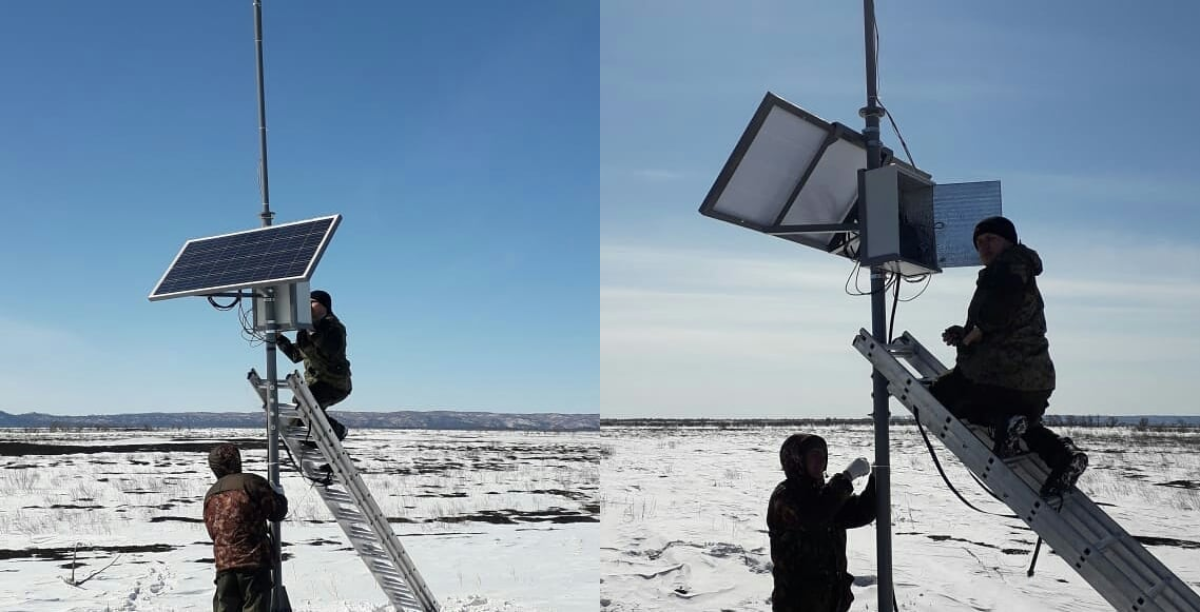
Photo: Berezovsky Wildlife Sanctuary , Amur Region It’s
easy for scientists to find rare birds, it’s much more difficult to place a camera at a control point. It so happened that most often you need to watch the birds that make nests at the very tops of crowns. In this case, the camera must be installed so that it does not scare the birds, look directly into the nest, withstand strong winds, low temperatures and heavy rain.
Previously, cameras for studying wildlife were placed only in national parks, under constant protection and with a network connection. Not all birds can be found in places prepared for observation - the proximity of a person is scary. Therefore, there was a need to place fully autonomous systems that are powered by solar panels, broadcast the video stream over the Internet and store data in a cloud archive.
On the Ivideon TV public broadcasting site, we found broadcasts that delight specialists and wildlife enthusiasts with vivid footage from the life of rare birds. Feathered families are engaged in construction, brush feathers, skeptically inspect possessions battered for the winter, or are optimistic about the appearance of chicks. This is the best reality show!
Far Eastern Stork
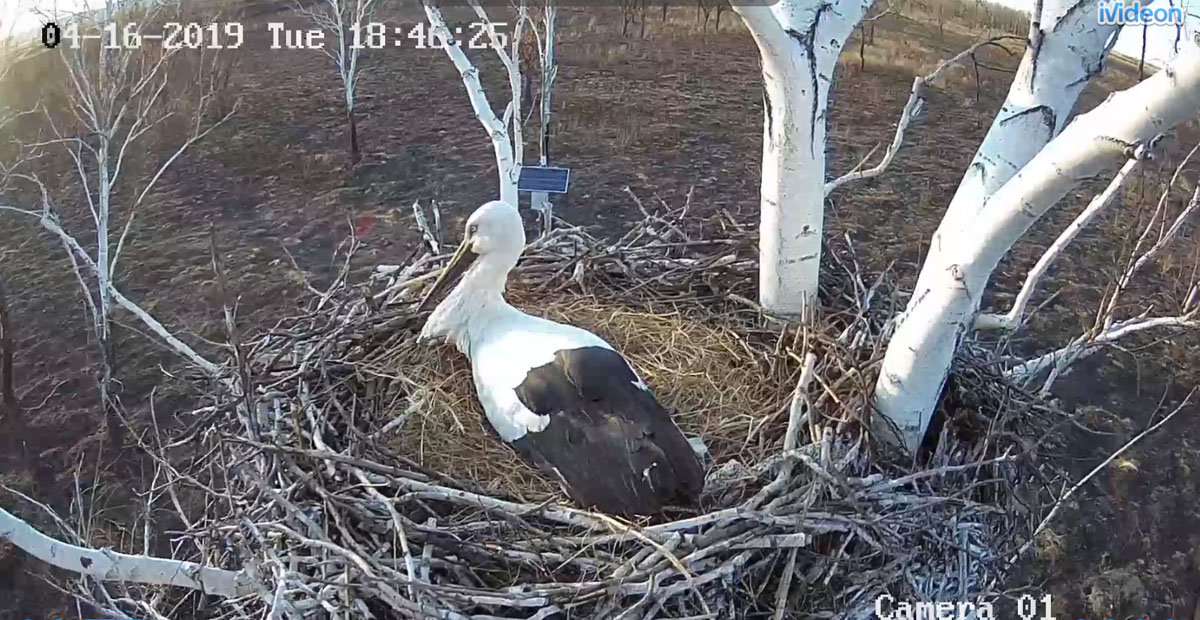
The Department of Animal Welfare of the Amur Region helps to monitor the life of Far Eastern storks in the Berezovsky Wildlife Sanctuary online with four cameras monitoring two nests. Each nest contains a pair of birds.
The Far Eastern stork is one of the rarest birds in our country. This species is endangered and is included in the Red Book of the Russian Federation.
In 2000, the two largest international environmental organizations, IUCN (International Union for Conservation of Nature) and the World Wide Fund for Nature (WWF), held an international meeting “The Far Eastern Stork and Conservation of Wetlands of the Amur Basin”, at which the first national Conservation Strategy was developed of this rare species.
The video surveillance project for the life of storks was implemented by the AmurSoES Public Environmental Organization with the support of the World Wildlife Fund.
All cameras transmit sound. If you see only a black screen - this is normal. In the Amur region it may be night.
[Dear Boomburum . Please return the opportunity to embed live broadcasts on Habr.]
Camera 1: Far Eastern stork nest on a tripod.
The nest is located on a high-rise artificial tripod created by specialists of the Berezovsky wildlife sanctuary in the Amur Region.
Camera 2: Far Eastern stork nest on a tripod, view from the side
The camera is installed 30 meters from the nest for a better view.
Chamber 3: Far Eastern stork nest on a birch
Camera 4: Far Eastern stork nest on a birch, side view
Sun eagle
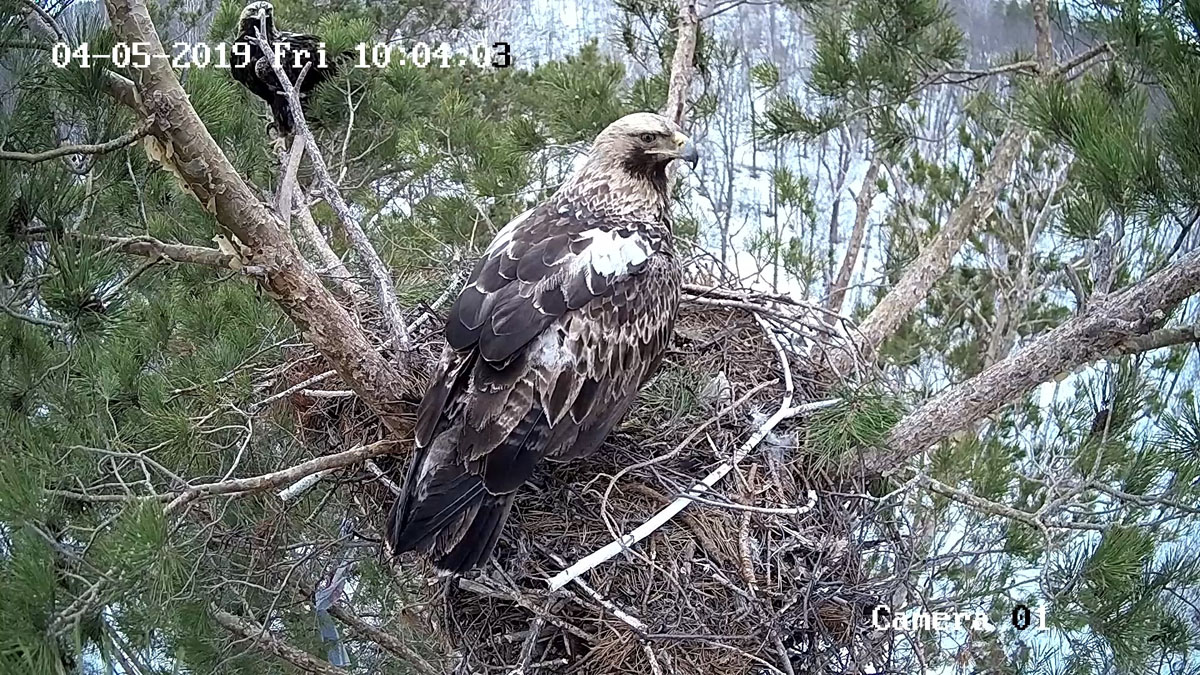
The camera in the nest of the Solar Eagle The
natural symbol of the Ulyanovsk region was the Solar Eagle, also known as the burial eagle (Aquila heliaca), one of the most charismatic species of forest-steppe animals. Despite the high population density, relatively undisturbed landscape sections of the forest-steppe, including massifs of meadow steppes, broad-leaved and pine forests, are preserved within the region. Therefore, a large viable nesting population of the sun eagle is supported here.
Scientists not only helped to recognize the eagle as a symbol of the region, but also made a lot of efforts to study and preserve the rare bird population. The monitoring of the nesting biology of the Volga population is carried out by the Non-State Environmental Center “ NABU-Caucasus»With the support of the German Conservation Union (NABU) and the Government of the Ulyanovsk Region.
In March 2019, the first online broadcast of the nesting life of solar eagles in the Ulyanovsk region, and probably throughout Russia, was established. By the way, this particular species of birds with a golden head is depicted on the coat of arms of Russia.
Latest news from the nest from the project manager for the study of the Solar Eagles ornithologist Mikhail Korepov :
The first female Ulyana flew in and at first she was wary of the camera lens, later the male Simbir flew in, who treated the camera very favorably, and ultimately, to the delight of everyone, he persuaded his girlfriend to breed in this nest.
Simbir is more active in construction and is distinguished by its love for huge branches, while Ulyana is mainly engaged in eating gophers and hamsters, both obtained by herself and brought by Simbir. In general, the couple has a very warm relationship, although sometimes it happens to be crowded in one nest.
Osprey of Belarus
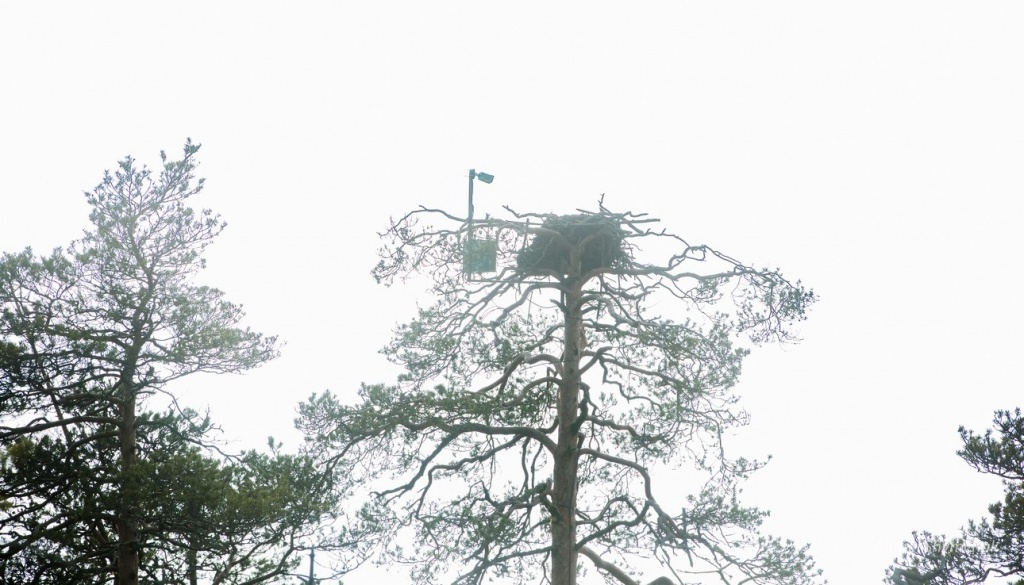
Photo: Wildlife of Belarus portal.
For the third year in a row, Belarus has been broadcasting online from the osprey fish-eating eagle nest. Osprey is a type of diurnal bird of prey that lives on large bogs in the north of Belarus. Osprey ceased to nest in areas intensively developed by humans, and remains only in inaccessible places.
To feed and feed the osprey chicks on their own, it is necessary that large reservoirs, lakes or clean rivers rich in fish are located in the vicinity. The narrow specialization of food and the "habit" of settling in such specific habitats made the osprey one of the species that fell on the pages of the Red Book.
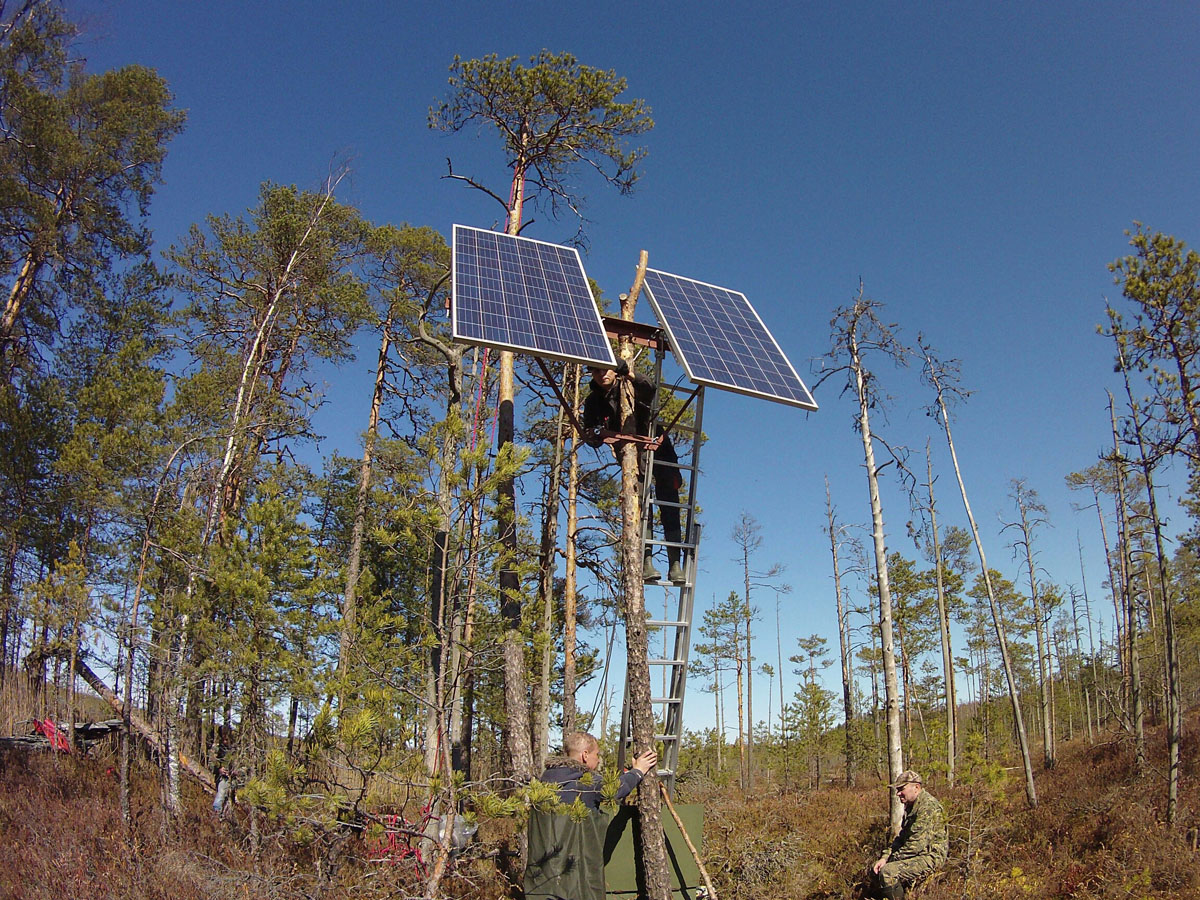
Photo: Pavel Melnik
To organize video surveillance of these amazing birds, I had to solve a lot of problems. Krasny Bor is a sparsely populated area with unstable mobile communications coverage. Only two osprey nests were in the area where the 3G / 4G signal level was sufficient for broadcast through the cloud video surveillance service.

Photo: Pavel Melnik
Equipment installation began even before the birds arrived. A large team of system administrators, power engineers, electricians, installers, suppliers, welders, huntsmen and bird watchers, worked to create an autonomous video surveillance system with minimal subsequent maintenance.
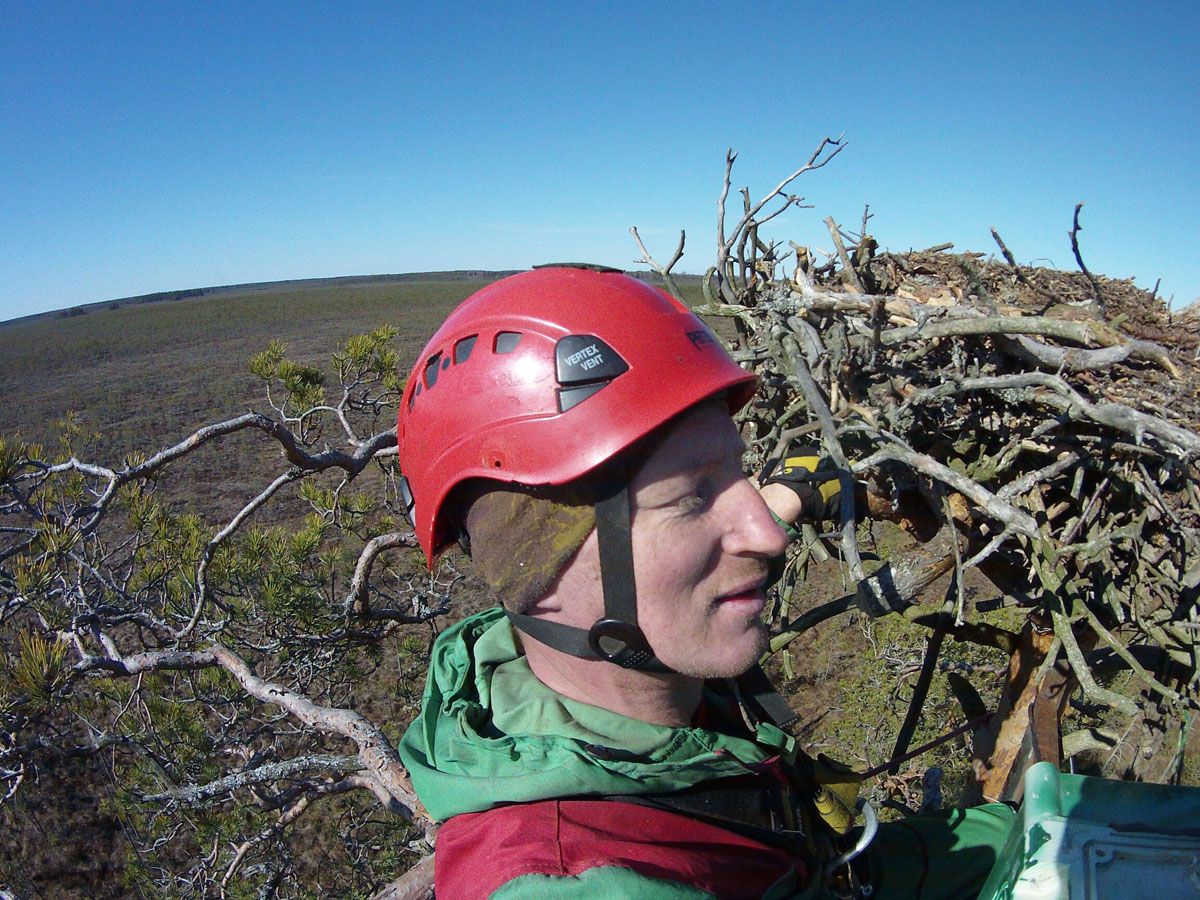
Photo: Pavel Melnik
After the appearance of the chicks, people no longer have the right to interfere in the natural life of birds, so the video surveillance system should be highly reliable and operate smoothly in any weather conditions.
The initiator and executor of the project of broadcasting from the nest was the Scientific and Practical Center for Hunting and Resource Management of Wild Animals of the hunting farm “Krasny Bor” with the information partnership of the website wildlife.by.
Red Bor. Camera
How to make any broadcast public
Each user of the Ivideon cloud-based video surveillance service can create a public broadcast by connecting any “For Business” tariff plan. In the public access settings, it is possible to include sound in the broadcast and provide all viewers with access to the video archive. A public camera will automatically be added to the camera catalog on the Ivideon TV website . Here are collected video broadcasts from around the world, you can find them by the markers on the map.
